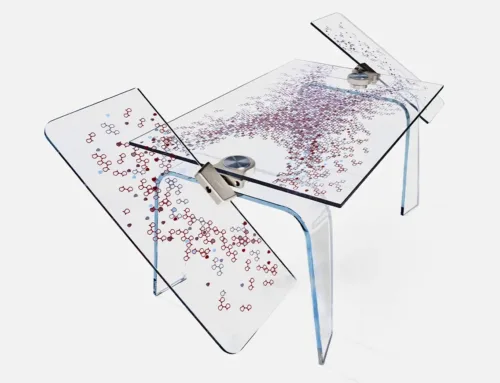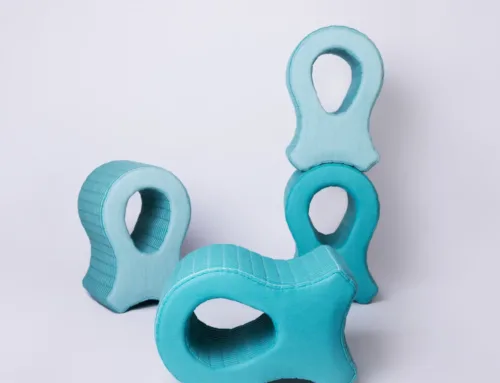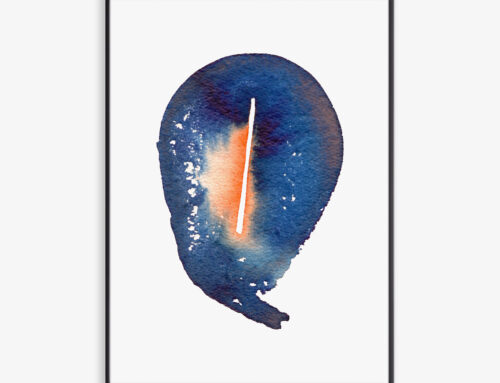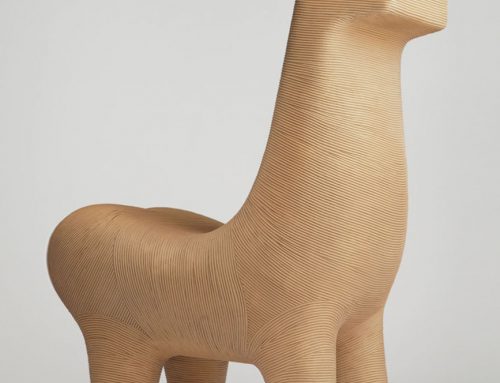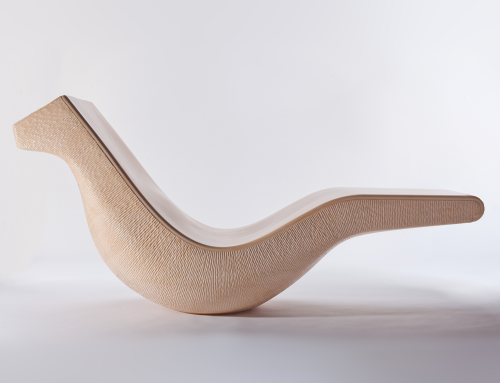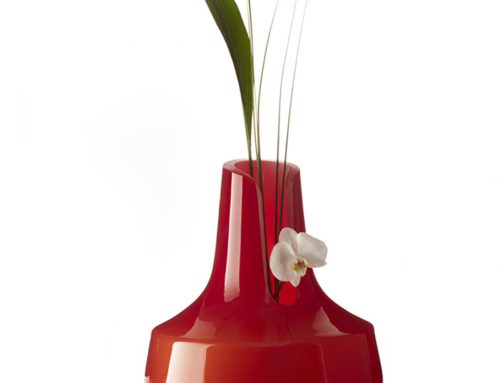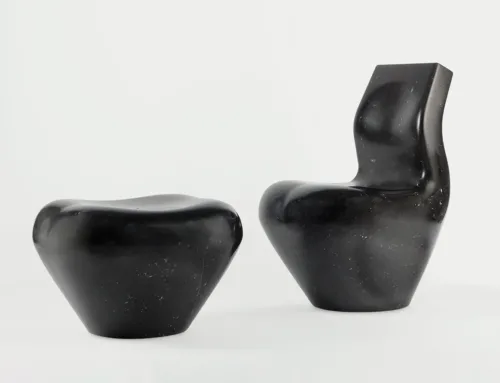B.M. Objects
Post 3D CAD Third Generation Bell Metal Objects
“I have always been curious to create objects that are sensorial at multiple levels, in its materiality, textures and above all in terms of its ‘poetic analogy’ of form – that suggests something rather than represent anything. I wanted to encourage ‘sensuous curiosity’ among the users by inviting sensory intimacy with the objects. Over the years the practice of aquarelles along with object making and drawing help me cultivate that sensual quality – which I think is deeply human and universal.” – Satyendra Pakhalé
Satyendra Pakhalé’s BM Objects are the first objects of his ongoing exploration in objects of sensorial quality. Tactility is often missing in mass-produced design, which has become divorced from the senses and has thus lost its cultural and symbolic meaning. By going back to basics and working with traditional materials and techniques, Pakhalé aims to harness the absent quality to modern technological objects. The collection of Bell Metall Objects were made by the bell-metal lost-wax process which has existed in different areas of the world for many centuries. Satyendra Pakhalé rediscovered this age old craft and worked with Muria community in Central India, who practice this craft in their traditional manner. By refining the process, Satyendra Pakhalé skillfully combines design and ancient craft in the collection of sensorial Bell Metal Objects to arrive at contemporary design objects.
B.M. Bell Metal Object making process
The BM Objects are made in the Bell-metal lost wax process. Pakhalé chose to work with a tribal community in central India called ‘Muria’ people who have embraced the culture of making objects as an everyday act of living. They collect natural beeswax and then roll it into spaghetti-like strands, which they wind around a clay mould. The mould is then allowed to dry and the second layer of clay is added. This is fired in a basic furnace causing the wax to melt and the clay to harden. Metal is poured into the cavity and allowed to set. When ejected the metal retains the patterning of the wax strands.
By adopting this method in a more refined manner, Pakhalé created a range of contemporary objects that gave him the idea of designing a sculptural chair with a primal horse form; an iconic identity which relates emotionally through symbolic connotation and cultural reference. The challenge of producing the entire chair in a single piece of seamless casting was to dominate his life for the next seven years.
In Muria communities lost wax casting process – a core is made with a mixture of fine clean sand and clay. Traditionally, goat’s dung is then soaked in water and ground and mixed with clay in equal proportions. This soft mixture forms the base mould. Once dried, it is used to create a wax pattern. A special natural wax is melted over an open fire and strained through a fine cloth into a basin of cold water where it becomes solid. The maker has to keep the wax absolutely clean and free of impurities. Next, it is squeezed through a sieve and recovered in the form of wax ‘wires’ (thick or thin as desired). Each of these wires is wrapped around the core, one after another until the whole surface is covered. Originally, the artisan would have sat in the sun to let the clay core and the wax coating warm up uniformly. The whole form is finally covered in a mixture of equal parts clay, sand and cow dung and fires. Base metals – brass, bronze, copper etc. – are melted together and poured into the fired clay mould to form the metal objects, the wax being lost in the process.
Satyendra developed this process technically further to make bigger objects like B.M. Horse.
About B. M. Objects and Their Making
Pakhalé finds manual work an integral part of every design process, be it for industry or for craft work; working with one’s hands is a way of thinking in formal terms and keeping in touch with a making that expresses universal values understandable everywhere. Untainted by nostalgia, he found himself looking through new eyes at a technique that has been practised for many hundreds of years in central India, in an ancient but ubiquitous work process typical of archaic cultures: namely the technique of cire perdue metal casting. The B.M. objects have been developed in three different stages and processes in a time span of 15 years. In the first series (1996 – 98), Pakhalé worked with the Muria community in central India that has a long tradition in making ritual figurative objects and a specific culture of creating. Unfortunately, this tradition no longer exists due to the changes and siftings in Indian society and urban development.
Between 2006 – 08, he developed a second series in Europe, using an evolved method of creating BM Objects. The bee wax got replaced by specially designed black rubber PVC cords and the clay mold got replaced by a silicon mould. These objects are symmetrical and have a central starting point for the cast of the spaghetti thin PVC cord.
The third series (2010-12) is with a similar approach but the shapes vary between symmetrical and asymmetrical forms and they all have an asymmetrical starting point for the coil, leading to a new language of objects that cannot be but created with such process.
